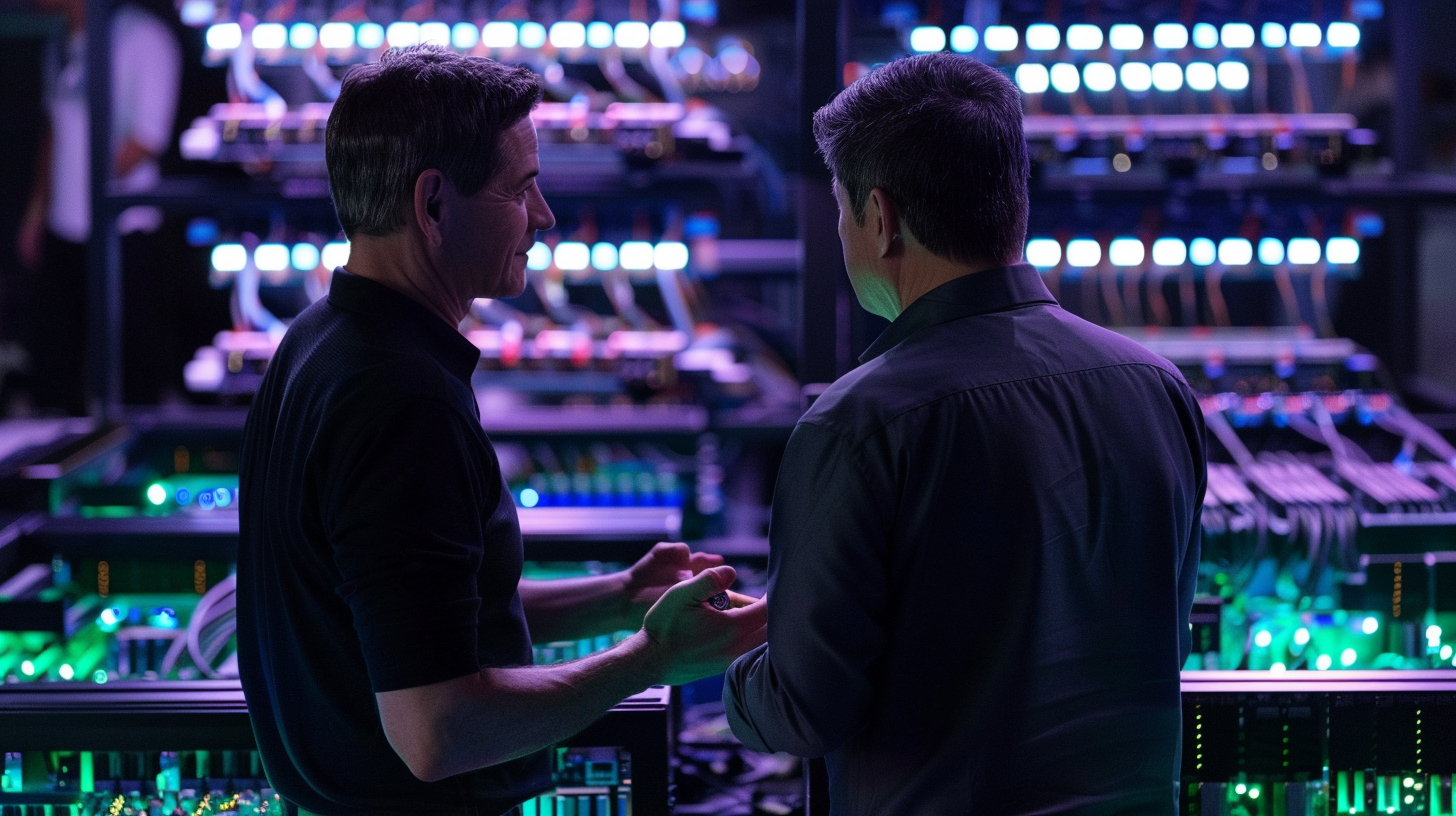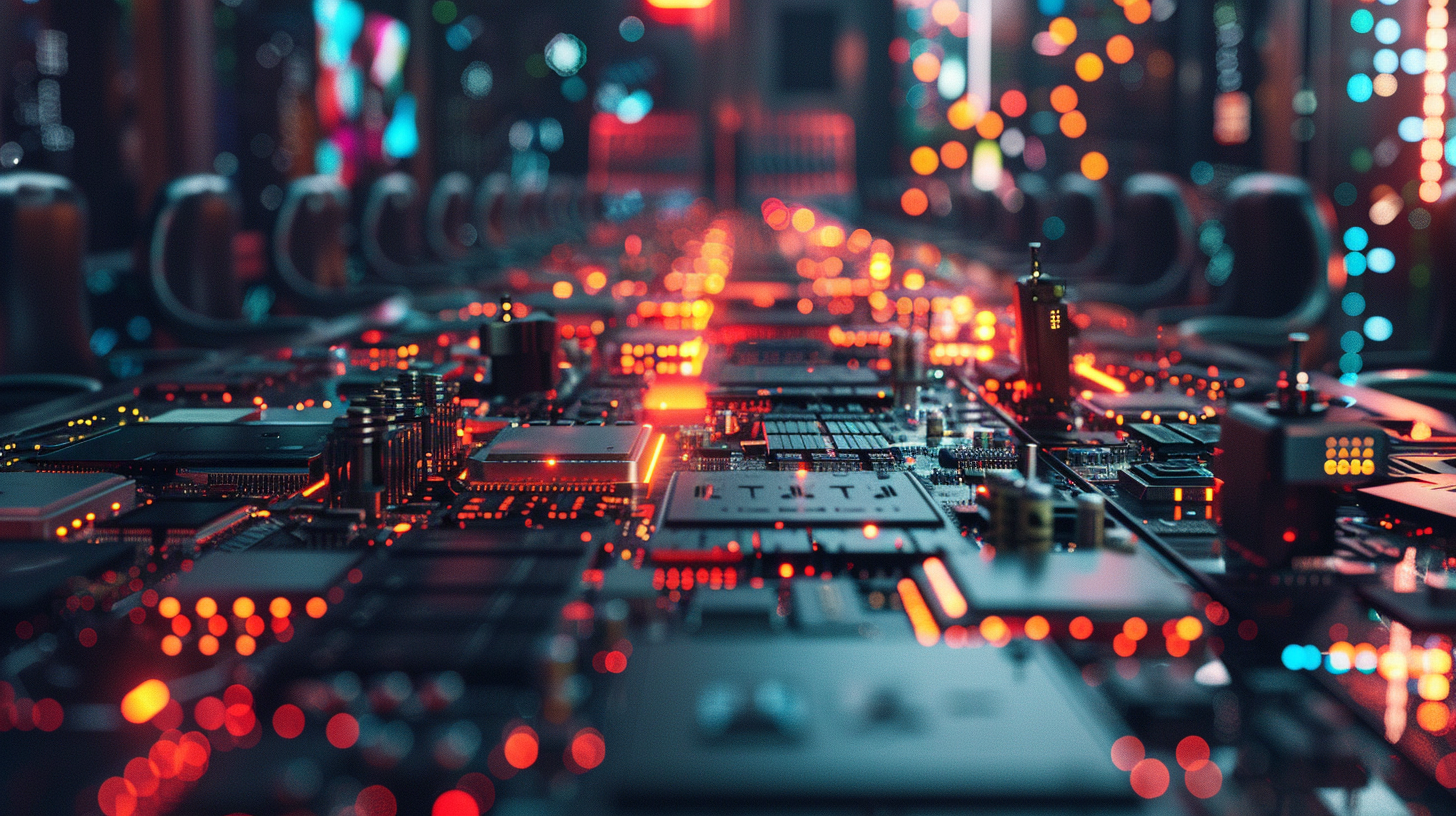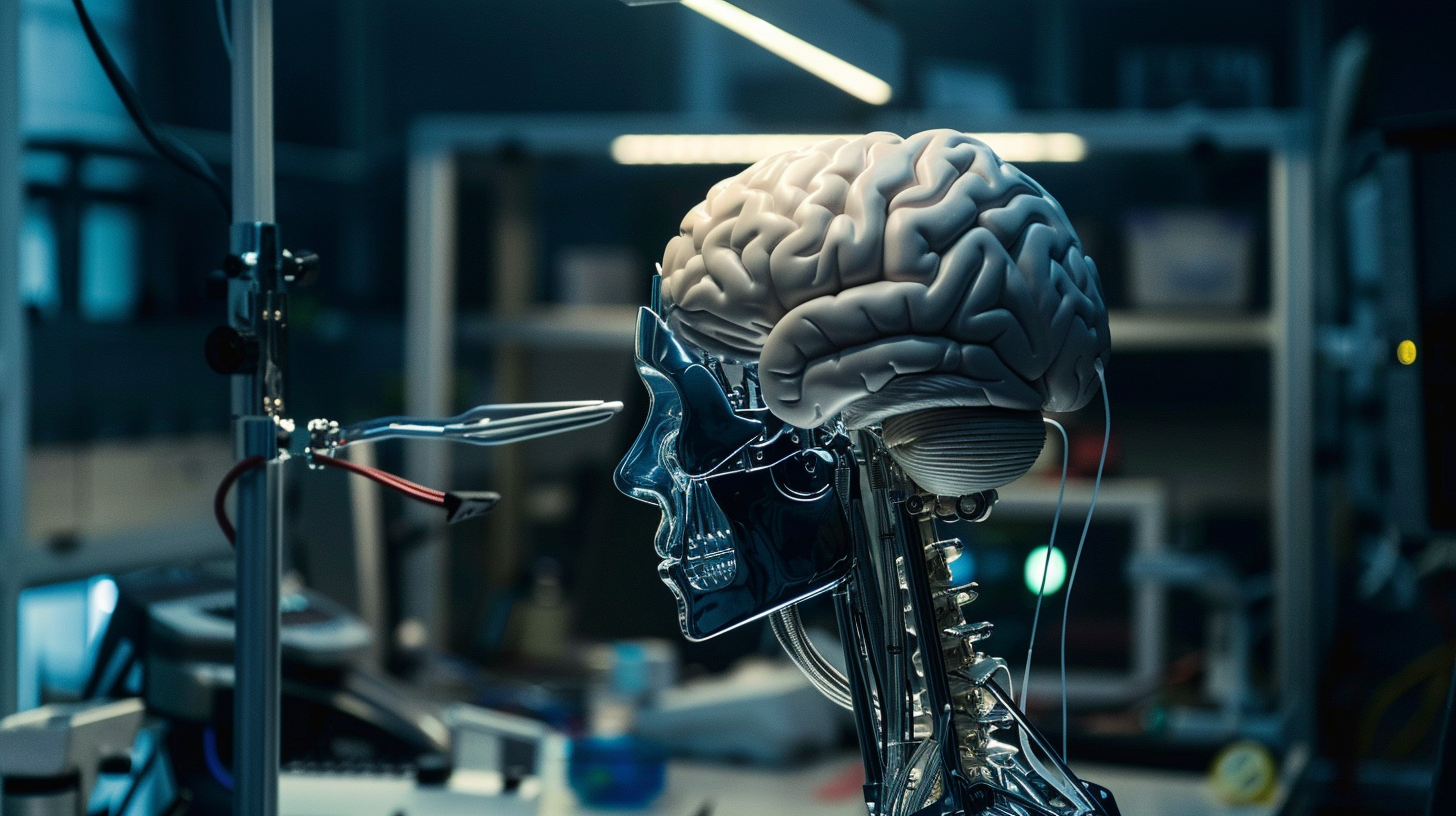Nvidia’s explosive earnings sent shockwaves through the markets this week, with the chip giant’s stock skyrocketing over 9% to new all-time highs above $1,000 per share. The stunning results highlighted accelerating demand for Nvidia’s AI chips and platforms, particularly for applications like generative AI. Nvidia now boasts a staggering $2.5 trillion market cap as faith in the company’s AI leadership grows.
The Santa Clara-based company reported blowout Q1 numbers, with revenue rocketing 262% year-over-year to $26 billion. Adjusted earnings per share of $6.12 crushed expectations of $5.65. Nvidia’s Data Center segment, now 86% of total revenue, saw explosive 427% growth as hyperscalers and enterprises doubled down on AI computation. Even gaming revenue grew a robust 37% amid the AI buzz.
Perhaps most impressively, Nvidia projected Q2 revenue guidance of $28 billion, topping analyst estimates by over $1 billion. This guidance implies around 50% sequential growth, highlighting rapidly escalating demand as AI goes mainstream across industries. CEO Jensen Huang cited “strong and accelerating demand” from cloud providers, consumer tech giants, enterprises, automotive, and healthcare customers.
Nvidia’s results and sunny outlook supercharged the stock to new records above $1,040 per share in early trading on Thursday. At these levels, the chip titan’s valuation has more than tripled from just six months ago. While skeptics point to Nvidia’s nosebleed valuation over 50x forward earnings, the market is betting big on sustained hyper growth from AI proliferation.
The AI leader’s stratospheric rise propelled the entire semiconductor sector, with rivals like AMD and Intel notching solid gains. However, Nvidia’s influence now extends far beyond semis, with its breakneck AI momentum driving the entire tech market higher. The Nasdaq 100 jumped nearly 2% on Thursday, hitting new highs.
But Nvidia’s impact has transcended just tech, lifting the broad S&P 500 index to fresh all-time records above 4,600. As the S&P’s largest stock with a whopping 8% weighting, Nvidia’s 10% rally single-handedly lifted the index by nearly 1%. The AI juggernaut has been the prime catalyst carrying markets to new peaks in 2024 as economic concerns have faded.
Beyond the immediate stock surge, Nvidia also announced several shareholder-friendly moves that could sustain positive sentiment. The company unveiled a 10-for-1 stock split effective in June, potentially paving the way for entry into the elite, price-weighted Dow Jones Industrial Average. Nvidia also raised its quarterly dividend by over 20% following a growing trend among tech giants.
While Nvidia’s dizzy ascent has inevitably sparked bubble fears, the company’s execution and AI sector potential look undeniable for now. With a formidable head start over rivals and a rapidly expanding multi-trillion dollar opportunity, Nvidia may just be getting started. The AI revolution is here, and Nvidia is its indisputable leader – strong enough to keep lifting the entire market higher.

Register for Noble Capital Markets Emerging Growth Consumer, Communications, Media & Technology Virtual Equity Conference – June 26th – 27th, 2024













